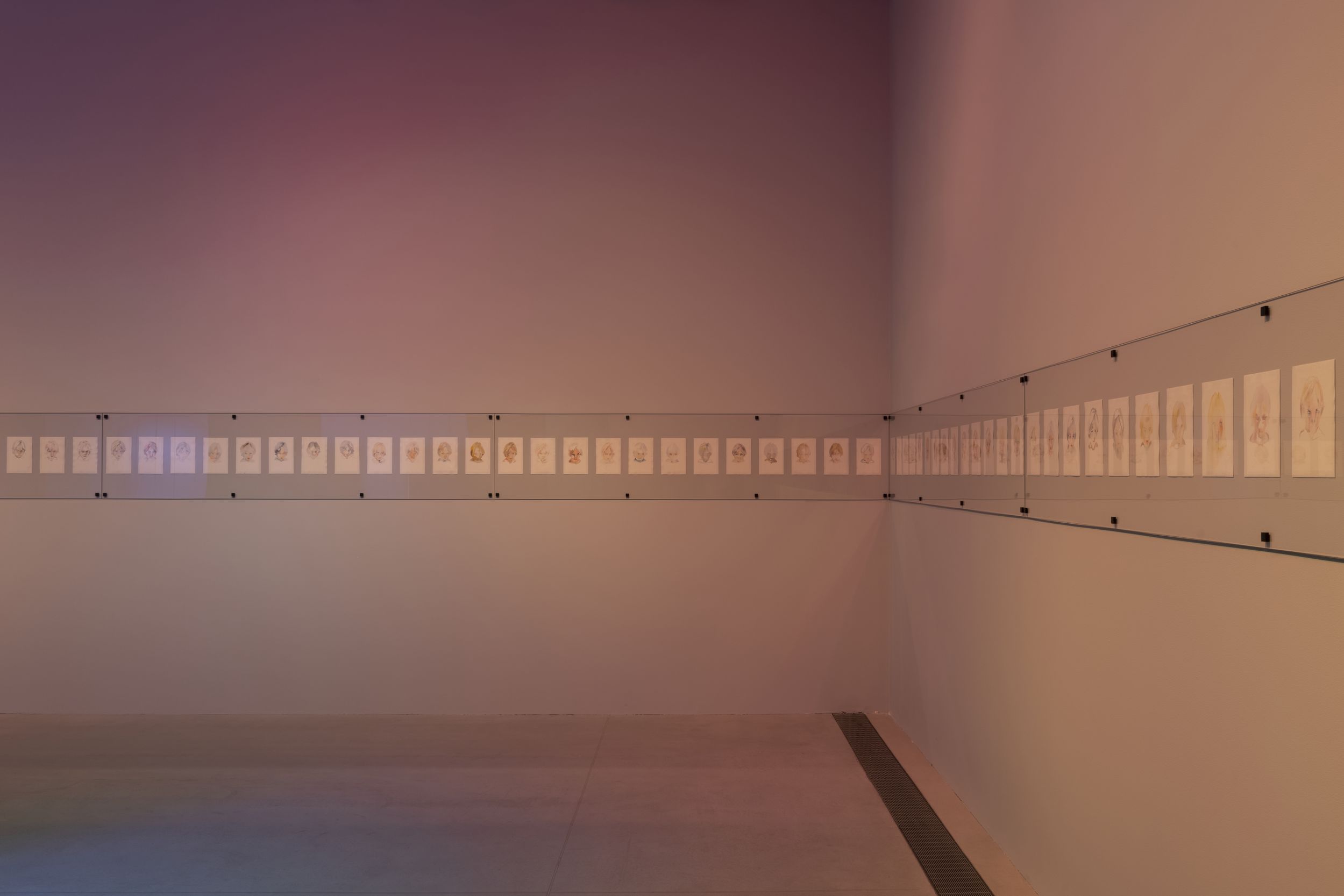The Girl Nothing Happens To
Mika Plutitskaya’s watercolour cycle is a «group self-portrait», in which historical realities collide with science fiction and Soviet utopia meets reflections on the artist’s own childhood.
The exhibition Sorcerers shows how different artists work with dark folklore. They are all intrigued by various aspects of the fantastic, supernatural and horrific, as manifested in history, local mythology, Soviet folklore, and digital reality. Although it may seem at first glance that sculptures of wood spirits and references to 1980s children’s films have nothing to do with modern nightmares, the project helps to focus our perception.

Mika Plutitskaya is interested in understanding how the very nature of art works. In past projects she tried to find a middle ground between the concrete, figurative and abstract. She takes her themes from Soviet and post-Soviet culture, and explains her interest as follows: «I am sensitive to the late Soviet era, mechanisms of memory, and also how Soviet culture constructed childhood, teenage gender and girlhood. I’m interested in the stereotypes, allusions and innuendoes of Soviet culture from the present-day perspective.»
Her previous works, Forest Deer (2018–2019) and Fairy Tale (2020–2021) looked at the interconnection of the real and imaginary in the material universe of the USSR, and attempted to probe the boundary between them, to measure the thickness of the veil between the fairy tale, the horrific, and pragmatic socialism. The artist looked at films, TV series, illustrated books, random photos and documents of the era, dissecting the formal system that laid the basis of the Soviet person’s worldview, if not from birth, then at least from primary school.
The new project, The Girl Nothing Happens To, named after the first book by Kir Bulychov about Alisa Seleznyova (1965), the heroine of Pavel Arsenov’s film Guest from the Future (1984). During the lockdown period, the artist accidentally stumbled upon her own first passport issued in 1996 for a trip to Sweden. She compared her photograph with that of Alisa’s, who was of the same age and had a similar haircut. Thus, a cycle of one hundred small watercolours was created (larger formats required a workshop which was off-limits), and two photographs, which the artist herself calls a «group self-portrait.» The work is poised at the intersection of documentation and invention, materiality and horror, biography and science fiction.
Was the girl in the passport photo destined for a bright future envisaged by a science fiction writer? A future where nothing can happen to a child who travels alone through space and time, and takes part in fights and shootouts? This utopia which Chernyshevsky outlined in What Is to Be Done? gradually dawned in literature, even if it was blissfully removed from the Soviet reality and social relations which predetermined it.
Mika Plutitskaya, with her interest in the phenomenon of the horrific in the folklore and culture of the USSR, is a rare case: she has discovered the unimaginable not in folk mysticism, but in one of the most striking and ambiguous doctrines and geopolitical phenomena of the 20th century.